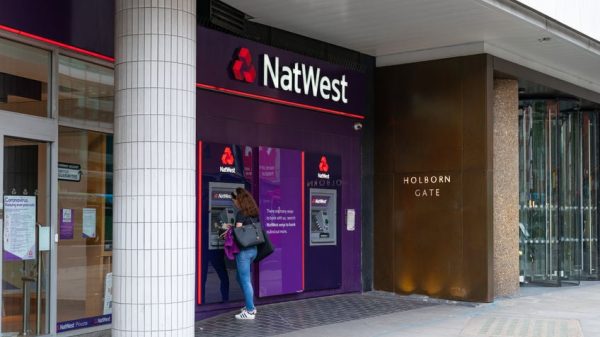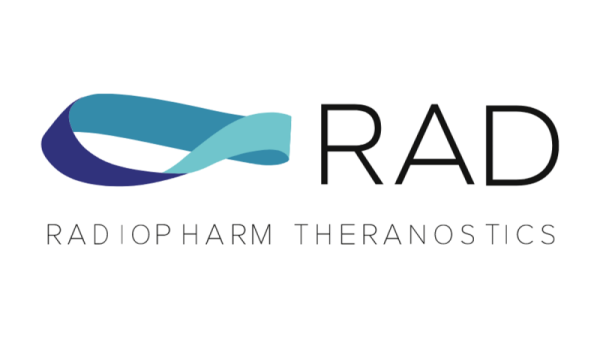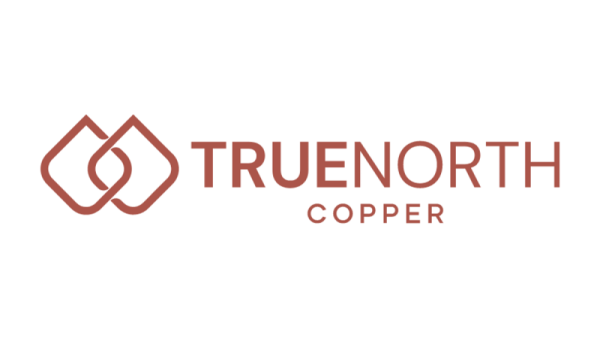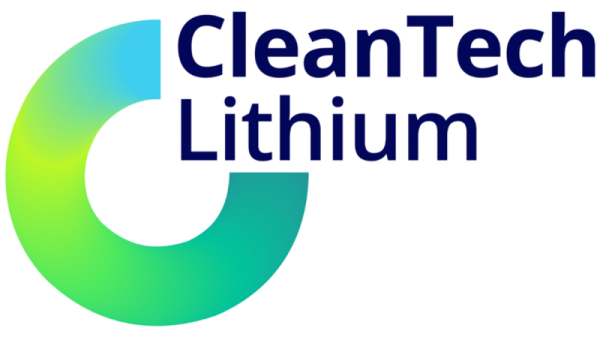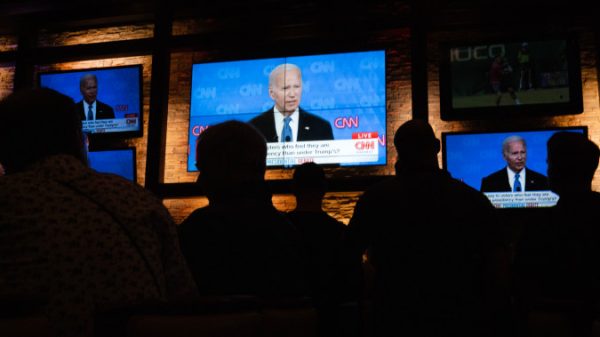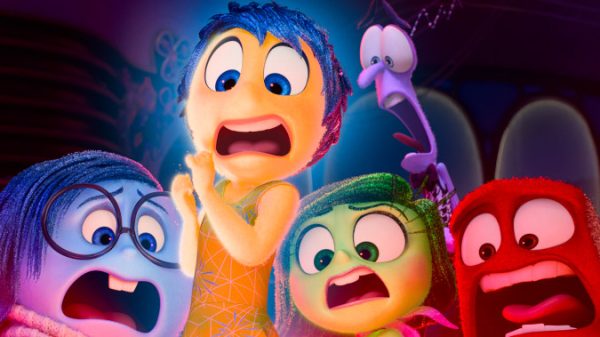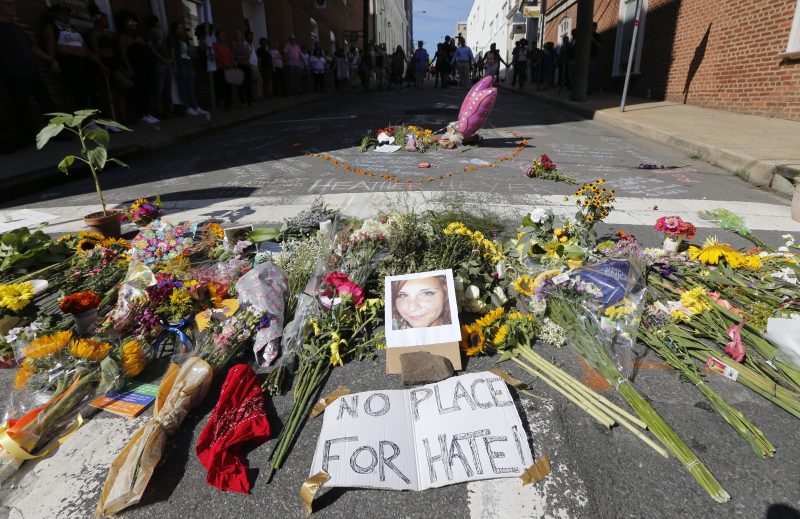
During the first presidential debate on Thursday, Donald Trump eagerly defended himself against criticism he has faced for nearly seven years.
Moderator Jake Tapper asked President Biden whether he believed that those planning to vote for Trump were “voting against American democracy.” Biden suggested that they were, offering examples of Trump’s rhetoric that demonstrated the former president’s anti-democratic impulses. Among them was Trump’s reference to “very fine people” having participated in a 2017 rally in Charlottesville organized by white nationalists.
“Jake, both of you know that story has been totally wiped out,” Trump responded, suggesting that criticism for his use of that phrase had been proven unfounded. He offered a muddled explanation (“when you see the sentence, it said, 100 percent exoneration on that story”) before accusing Biden of having invented it.
“You’ll see it’s debunked all over the place,” Trump claimed. “Every anchor has — every reasonable actor has debunked it. And just the other day it came out where it was fully debunked. It’s a nonsense story.”
On Truth Social, his social media platform, someone posted a video snippet from 2019 suggesting that even Tapper himself had dismissed the allegation that Trump was calling neo-Nazis “very fine people.”
The article that came out the other day on the subject was from the hoax-busting site Snopes. Its headline was: “No, Trump Did Not Call Neo-Nazis and White Supremacists ‘Very Fine People.’ ”
The article got a lot of traction on the pro-Trump internet because it provided precisely the headline that Trump has long sought on the subject. But supposedly exonerating Trump’s response to the violence that unfolded in Charlottesville depends heavily on ignoring the context for what he said and when he said it — in context, Trump was indeed downplaying the action of the racist actors involved.
A timeline is useful. A collection of white nationalists and neo-Nazis announced a rally in Charlottesville on Aug. 12, 2017. It was called “Unite the Right” explicitly because it sought to unify the country’s racist right-wing fringe with the Republican Party more broadly, a once-unthinkable unification that seemed more feasible seven months into Trump’s administration. (White nationalists were enthusiastic about Trump’s 2016 victory.)
The night before, a group of white nationalists and neo-Nazis held a torchlight march in a park where the city planned to remove a statue of Confederate general Robert E. Lee. Clips of the rally were shared online; marchers chanted such antisemitic slogans as “Jews will not replace us.”
Protecting the statue was also the putative focus of the Aug. 12 rally, a rally that attracted both a wide array of right-wing groups and counterprotesters. There were scuffles and fistfights between the demonstrators and antifascists wearing all-black outfits. In the early afternoon, a white supremacist named James Fields Jr. drove his car into a group of counterprotesters, killing a 32-year-old woman named Heather Heyer.
Trump made his first comments about the rally a little later at an event originally focused on veterans.
“We’re closely following the terrible events unfolding in Charlottesville, Virginia,” he said, reading from prepared remarks. “We condemn in the strongest possible terms this egregious display of hatred, bigotry and violence” — he looked up and spoke off-the-cuff — “on many sides. On many sides. It’s been going on for a long time in our country. Not Donald Trump. Not Barack Obama. It’s been going on for a long, long time.”
This pattern is by now a familiar one. Trump is given scripted comments, but he strays from them to more robustly defend himself. So he interjects that racist violence isn’t his fault or predecessor Barack Obama’s fault. And he suggests that the violence unfolded “on many sides” — not just on the side that overtly supported his presidency. (Three years later, almost to the day, Trump would refuse to denounce adherents to the radicalized QAnon movement because “they like me very much.”)
After the event concluded, reporters shouted questions, including whether Trump felt he’d denounced white nationalism strongly enough. Trump ignored them.
There was an outcry over Trump’s use of the term “many sides.” So on Monday, Aug. 14, he presented prepared remarks from the White House. This time, he didn’t go off-script.
“To anyone who acted criminally in this weekend’s racist violence, you will be held fully accountable,” he said. “Justice will be delivered. As I said on Saturday, we condemn in the strongest possible terms this egregious display of hatred, bigotry and violence.” He did not reiterate the “on many sides” part of that sentence.
“Racism is evil,” he added later, still speaking from the teleprompter, “and those who cause violence in its name are criminals and thugs, including the KKK, neo-Nazis, white supremacist and other hate groups that are repugnant to everything we hold dear.”
Early in 2016, Trump had come under fire when Tapper asked whether the presidential candidate would denounce the endorsement of former KKK leader David Duke. Trump didn’t do so, saying he “knew nothing” about Duke and asked for a list of groups Tapper wanted him to condemn so that he could research them. After all, Tapper might “have groups in there that are totally fine,” which would be “unfair.” Tapper asked whether he couldn’t denounce the KKK out of hand; Trump didn’t.
Duke was a scheduled speaker at “Unite the Right.”
On the following day, Trump was scheduled to hold a news conference at Trump Tower to discuss infrastructure. It was the first opportunity reporters had to ask questions about Charlottesville, and Trump, once again speaking without notes, undercut the White House presentation from the previous day.
“The statement I made on Saturday, the first statement, was a fine statement,” Trump insisted when asked why he waited so long to denounce the neo-Nazis. “But you don’t make statements that direct unless you know the fact. And it takes a little while to get the facts.” He insisted that he didn’t “want to go quickly and just make a statement,” the same argument he used with Tapper in 2016.
“As I said on, remember this, Saturday, we condemn in the strongest possible terms this egregious display of hatred, bigotry and violence,” he added, again skipping the “many sides” part.
“You said there was hatred and violence on both sides,” a reporter pointed out.
“I do think there is blame — yes, I think there is blame on both sides,” Trump replied. “You look at, you look at both sides. I think there’s blame on both sides, and I have no doubt about it, and you don’t have any doubt about it either. And, and, and, and if you reported it accurately, you would say.”
“The neo-Nazis started this thing,” a reporter pointed out. “They showed up in Charlottesville.”
“Excuse me, they didn’t put themselves down as neo-Nazis, and you had some very bad people in that group,” Trump said. “But you also had people that were very fine people on both sides. You had people in that group — excuse me, excuse me. I saw the same pictures as you did. You had people in that group that were there to protest the taking down of, to them, a very, very important statue and the renaming of a park from Robert E. Lee to another name.”
He later expanded on this.
“You had people — and I’m not talking about the neo-Nazis and the white nationalists, because they should be condemned totally — but you had many people in that group other than neo-Nazis and white nationalists, okay?” Trump claimed. “And the press has treated them absolutely unfairly. Now, in the other group also, you had some fine people, but you also had troublemakers and you see them come with the black outfits and with the helmets and with the baseball bats — you had a lot of bad people in the other group, too.”
Trump later suggested that at the nighttime rally on Aug. 11, an event entirely populated by white nationalist or neo-Nazi groups chanting antisemitic slogans, there were “people protesting, very quietly, the taking down the statue of Robert E. Lee.” He said there might have been “some bad ones” there, too, as there were at the Unite the Right rally. But the white nationalist rally organizers “had a permit,” he noted. “The other group didn’t have a permit. So I only tell you this: There are two sides to a story.”
It is true, as the Snopes headline indicates, that Trump said that he was not talking about the white nationalists when offering praise for some of the participants in Unite the Right. But as The Washington Post’s Fact Checker pointed out in a 2020 assessment of the controversy, it’s not clear that there were any participants who weren’t allied with the white nationalist elements that announced the rally in the first place. The Washington Post reported Aug. 10 that there would be a “white nationalist rally” in Charlottesville; does someone who attends a white nationalist rally deserve rhetorical distance from white nationalism?
The reason that “very fine people” lingers over Trump is that it is a shorthand for his eagerness to downplay the explicit pro-Trump, white nationalist origins of a protest that led to a woman being killed. He was “exonerated” to the extent that he said he was not talking about the white nationalists but, instead, about theoretical people who joined a white-nationalist-led rally. He was not exonerated on assigning blame for the brawling to both to neo-Nazis and those protesting the neo-Nazis. He was not exonerated for suggesting that Heyer’s death was part of violence on “many sides.” He was not exonerated for suggesting that the counterprotesters’ lack of a rally permit somehow established moral equivalence with those they were protesting.
Incidentally, it’s also not true that Tapper ever “debunked” Trump’s comments. In the 2019 CNN segment linked by Trump’s team on Truth Social, Tapper goes on to raise the same point made above.
“Again, he didn’t refer to Nazis as very fine people. He referred to the people protesting with the Nazis,” Tapper said. “And I don’t know who are the good people there. Friday night was ‘the Jews will not replace us.’ Saturday, somebody was killed. At what point were there good people there?”
Trump’s team didn’t include that part in the video it shared.



